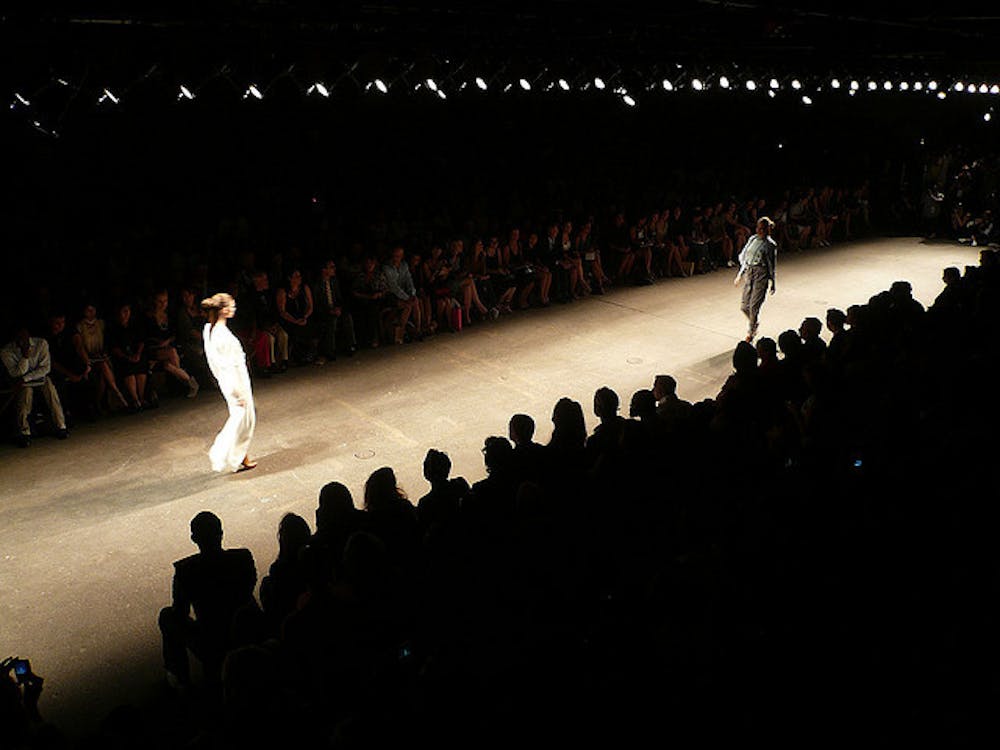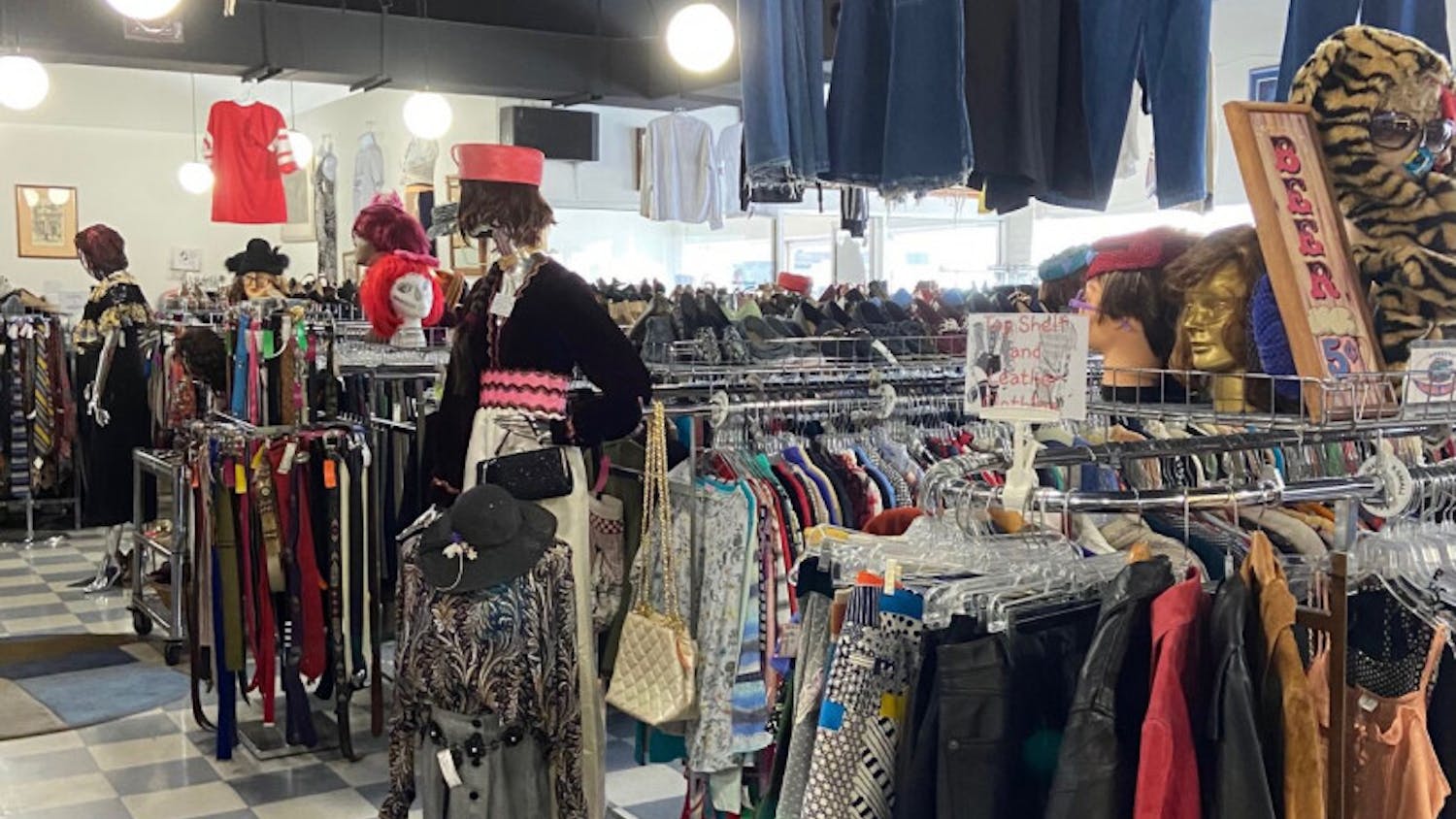Fashion is seen as a female industry (even though there are plenty of men in it), and with that comes the idea that it is frivolous. In film and television, how can fashion and costuming match up to brilliant cinematography or a thoughtfully written script? I’m taking a film class now where I’ve noticed that the mostly male-dominated class dismisses arguments on costumes and fashion, often laughing about such topics and wanting to get to the “real” discussion.
If you then take into account how movies themselves have trivialized fashion and the industry (i.e. “The Devil Wears Prada,” “Clueless”) it’s hard to convince anyone that fashion deserves to be taken seriously, but the women behind the costumes in shows like “Breaking Bad,” “Game of Thrones,” and “Mad Men,” have just as much a part in the story as the people filming it.
If there is anyone who is as essential to cinema/TV in costuming on the level of her male counterparts, it’s Janie Bryant. The costume designer behind “Mad Men,” has an entire following behind the costumes she chooses every week for characters. You can talk about the camera movements, or the use of foreshadowing in a script, but have you considered the meaning of floral dresses, or the colors blue and green next to each other?
In Season 6 of “Mad Men,” the colors blue and green flooded practically every episode. They represented a lack of confrontation and cheating. The color purple has always been a color of mourning for Joan Holloway, and if you look closely her floral dresses change as the season gets darker for her. What once symbolized blind romance soon transferred into decay. Costumes in film and television work on a subconscious level to convey a mood, idea or foreshadow some event.
Style bloggers Tom Fitzgerald and Lorenzo Marquez do a wonderful job at demystifying fashion on shows like “Mad Men,” and have formed a career out of it. Film analysis should not exclude fashion especially when it’s so obviously sending a message through the screen. Their “Mad Style” column on the show delves into each episode and tries to find what the clothes are saying.
In “Breaking Bad,” Marie Schrader wore purple in every episode up until a very important death. No one could find the significance of the color purple until she stopped wearing it and it was replaced by black all around her home. It’s a feat to have a color working a message for five straight seasons to be explained in the end.
People who think costume designers and fashion workers have no real input in a show except making things look pretty are seriously missing the bigger picture.
I guess some people just have to have an eye for it, but it doesn’t mean the people who can’t see it should discredit it. Fashion says a lot about our lives and personalities and film analysis involving fashion shouldn’t be a timid one.






